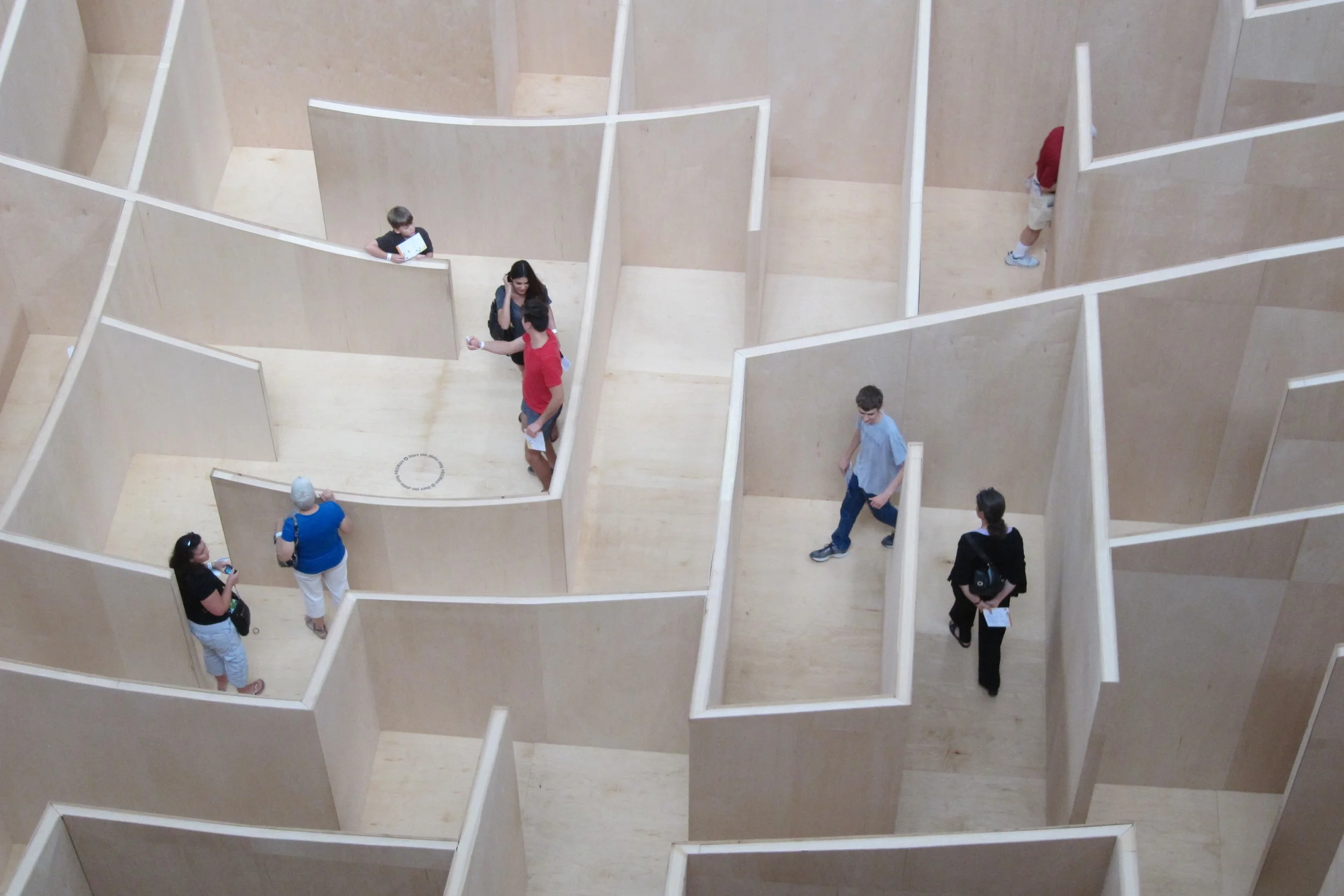
Making it easier for everyone to find their way around complex facilities
About Us
Carpman Wayfinding Consultants (CWC) has been making it easier for everyone to find their way around complex sites and facilities, since 1986.
We work with owners, stakeholders, designers, and decision-makers in healthcare, cultural, educational, and other types of organizations where people are frequently turned around. Learn more
Wayfinding
Matters
Providing a well-planned and designed wayfinding system supports and benefits your customers. It provides the pre-visit information they need to plan their journeys. It offers key wayfinding cues, like signs and maps, to help make sure they get to their destinations (appointments, classes, meetings, transportation, etc.) on time. It equips well-trained staff with the ability to give directions. It helps prevent customers from walking too far or in the wrong direction. It enables customers to feel confident rather than panicky about finding their way.
Most importantly, in dire situations – where customers need to access healthcare or care workers need to find them – where minutes, or even seconds, count, a good wayfinding system helps save lives.
Wayfinding and a Wayfinding System
Wayfinding is what people consider, understand, and do to get from one place to another. It is not a fancy term for signs or signage. It results from a complex process involving vision, hearing, cognition, sensory perception, experience, expectations, planning, decision-making, and other factors.
Wayfinding involves:
Knowing where you are
Knowing your destination
Knowing and following an effective route
Recognizing your destination
Making your way to your next destination or back to your starting point
When unfamiliar users and staff can do these five things with ease, your wayfinding system will be successful.
People will feel disoriented if they cannot do any or all of these things, outside or inside. Disorientation has negative consequences for organizations and their customers.
People’s abilities to find their way to, around, and out of a site and its buildings are influenced by a wayfinding system comprising design elements (such as architectural layout, lighting, and signage), operational elements (such as terminology, staff training, and pre-visit information), technology (such as apps and kiosks) and user behavior (such as following signs, reading maps, and remembering directions).
How Do You Know If Your Facility Has a Wayfinding Problem?
Visitors feel confused or lost.
People are late for appointments or meetings because they can’t find their way.
Staff stop what they’re doing to direct or escort visitors to their destinations.
Wording on signs is ambiguous or inconsistent.
You-Are-Here maps are misoriented or out of place.
Paper signs proliferate when “real” signs are absent, incorrect, or outdated.
Staff are not informed when departments move or terminology changes, so they can’t give accurate directions.
Unique wayfinding needs of people with disabilities are not addressed.
Buildings look similar; building entrances are not easy to find.
Wayfinding technology is not working or sends people to the wrong places.

















